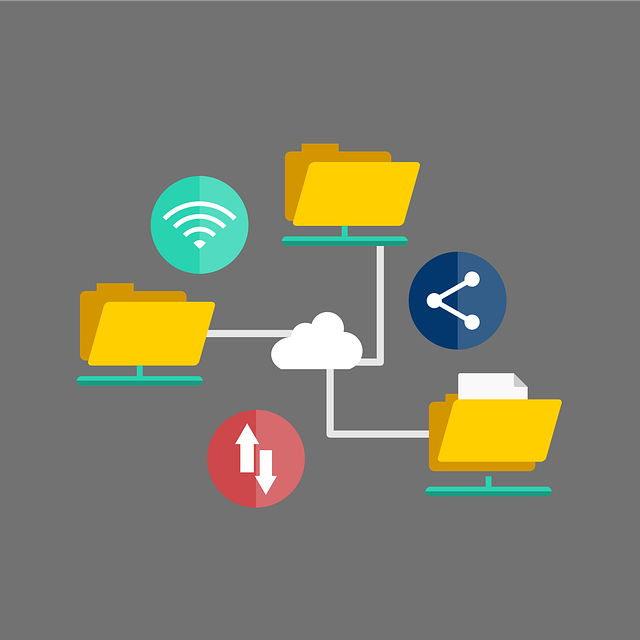File Server Migration Options
File servers are a critical component of any traditional business. Possibly not for certain cloud-first companies, but in general it is a key part of the customer’s IT footprint.

When you are planning your journey to migrate on-premises based workloads to cloud, you’d need to consider a migration strategy for File Server too. The problem being, there are multiple choices available, hence, it is important to identify the right target that is fit for your use-case.
File server in on-premises may be in any of the below forms and shapes -
- Traditional standalone/single file server serving files for Users and Apps
- DFS based file share with DFS-R
- File server cluster based in Failover cluster
- Scale Out File Server for workloads such as VHD’s, UPD’s.
- NAS based file shares
- Could be others too using third party solutions.
Assuming you need to maintain resiliency for this critical service, below are some of the options that are available. Hopefully, it might help you figure out the right target for your use-case.
| Option | Description | Pros | Cons |
|---|---|---|---|
| Azure Files | PaaS based SMB Service | - Supports retaining almost full file fidelity - Supports AD DS Auth - Supports Private link, so not exposed publicly - Has support for not just SMB but NFS shares too. - As it is a PaaS solution it is highly available and highly durable, plus there is no management overhead as you would have if the shares were hosted in IaaS. | - Doesn’t support certain features - Restricted by the IOPS limitation of the storage account itself, so preferably to have 1:1 mapping of share to storage account, which is further restricted by number of storages allowed in a subscription. |
| Failover cluster | Similar to on-premises, uses Azure Shared Disk instead of SAN storage | - Lift and shift possible via ASR, needs some specific considerations though - Can be migrated to Azure Files too | VM’s with shared disks do not support ASR and VM Backup too. Only Disk backup is possible |
| DFS (with DFS-R) | Same as On-prem deployment | - Works in Azure - Can be migrated to Azure Files too | DFS-R does not replicate open files |
| Scale out File Server using Storage Spaces Direct on Windows 2016 and above | For specific use-cases to store large, long open files such as storing VHD’s for Hyper-V, UPD’s for RDS, databases, etc. | Works in Azure | Not for regular file shares which involves high amount of CRUD operations |
| Third party solutions such as SIOS Datakeeper | It is a SAN-less cluster solution, which runs on top of Failover clustering in Windows and uses block replication to keep local copies of data across cluster nodes | Works in Azure | Licensing Costs |
| Azure Blobs | Object based storage | Best for apps that don’t rely on SMB or machine-local data access (Disk based) or Shared access | Doesn’t support file metadata, i.e. only flat file based. Lowest file fidelity. |